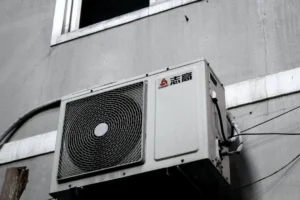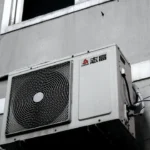Choosing the right roofing material for your home isn’t just about aesthetics or budget. It’s also about ensuring your roof stands strong against your region’s specific weather conditions. A professional roofing company can guide you, but knowing the basics yourself helps you make confident decisions.
Understand Your Climate First
Before looking at materials, assess your local climate. Do you face scorching summers, heavy snowfall, frequent rains, or hurricanes? Each condition demands different roof features for durability and safety.
For instance, homeowners in humid or rainy areas need materials resistant to water damage and mold. In contrast, people living in hot regions require roofs with reflective abilities to reduce heat absorption.
Best Roofing Materials for Hot Climates
If you live in a place with high temperatures most of the year, opt for materials that reflect sunlight. Clay tiles are popular in hot climates because they naturally deflect heat. Their curved shape also allows airflow underneath, keeping your attic cooler.
Metal roofing is another excellent choice. It reflects solar radiant heat, reducing cooling costs significantly. Additionally, it’s durable and recyclable, making it a sustainable option.
Avoid materials like dark asphalt shingles in extremely hot areas, as they absorb and retain heat, making your home warmer and increasing air conditioning expenses.
Ideal Roofing Materials for Cold and Snowy Regions
For areas with harsh winters and heavy snow, durability and snow-shedding ability are key factors. Metal roofs perform well in these conditions because snow easily slides off them, preventing excess accumulation that can damage your structure.
Slate is also a great option for snowy regions. Although expensive, it is extremely durable and can last over a century if maintained properly. It withstands freezing temperatures without cracking.
Avoid clay tiles in extremely cold climates. They may absorb water, and freezing temperatures can cause them to crack over time.
Roofing Options for Rainy and Humid Climates
If you live in a place that receives heavy rainfall or has high humidity, choose roofing materials resistant to water absorption, algae, and mold growth.
Asphalt shingles with algae-resistant coating work well in such climates. Metal roofs are also effective because they don’t absorb water, preventing leaks and mold growth. Slate can be considered here too due to its low water absorption rate.
Wood shingles, however, are not suitable for humid areas. They can warp, rot, or develop mold over time, increasing maintenance and repair costs.
The Best Material for Windy and Hurricane-Prone Regions
Living in areas prone to hurricanes or strong winds demands roofing materials with high wind resistance. Metal roofing stands out as it can withstand winds up to 140 mph or higher, depending on installation quality.
Asphalt shingles rated for high wind resistance also perform well if installed correctly. Clay and slate tiles are heavy and durable, but they can become dangerous if strong winds dislodge them.
Always ensure your roof installation meets local building codes for wind resistance to keep your family safe during storms.
Think About Longevity and Maintenance
While climate compatibility is the top priority, consider each material’s lifespan and maintenance needs. Metal and slate roofs can last decades with minimal maintenance, while asphalt shingles have shorter lifespans and require more frequent replacement.
Consult a Roofing Professional
Finally, consult a trusted local roofing company for advice. They understand your area’s climate challenges and can recommend suitable materials based on your home’s structure and budget.
Final Thoughts
Your roof is your home’s first defense against harsh weather conditions. Choosing the right material ensures durability, energy efficiency, and protection. By assessing your climate and material properties, you make a smart investment that keeps your family safe and comfortable for years to come.
Also Read- 5 Best Data Engineering Consulting Companies in 2025










